Home>Furniture & Design>Interior Design Trends>What Cuts Glass
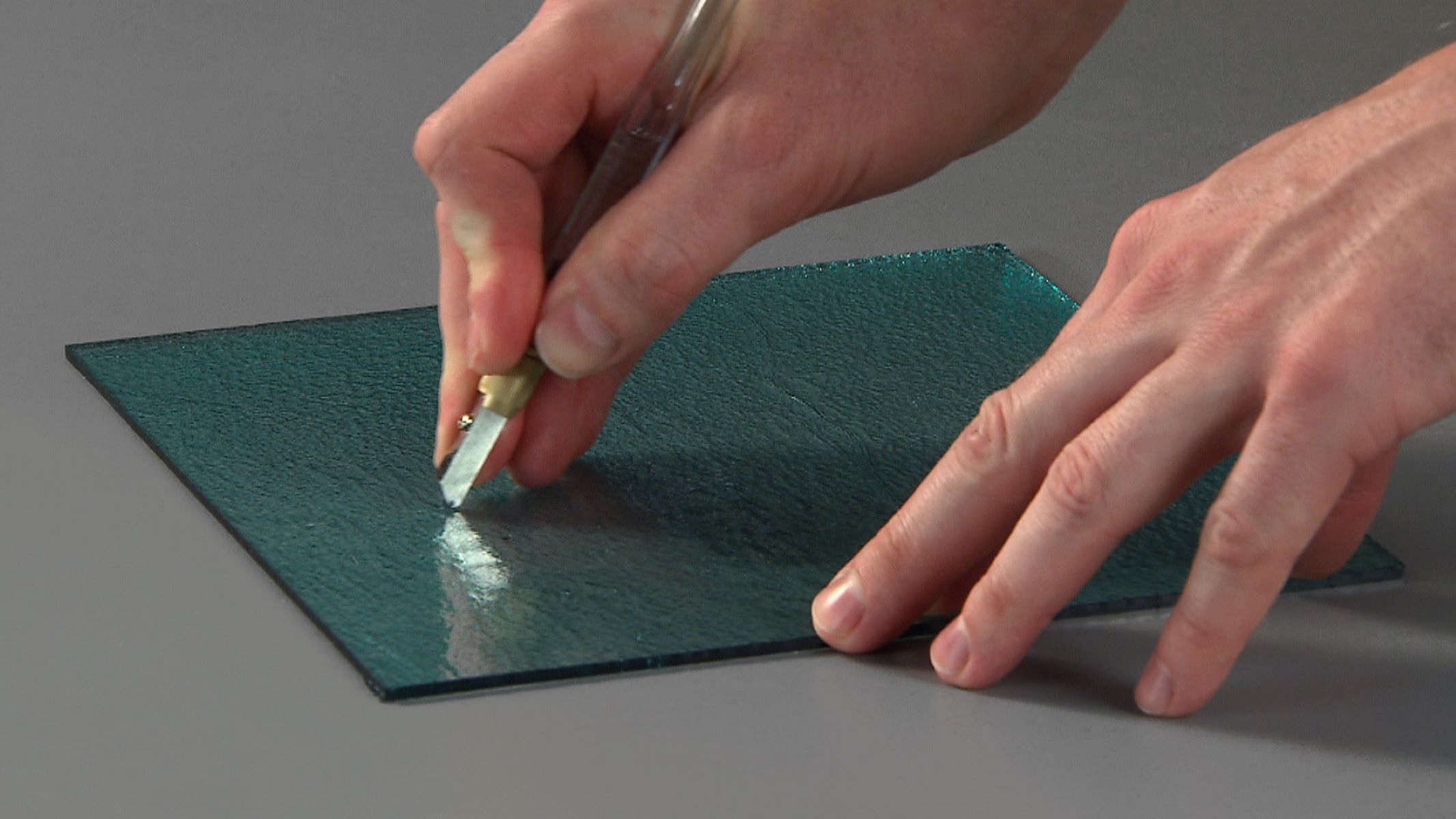

Interior Design Trends
What Cuts Glass
Modified: February 18, 2024
Discover the latest interior design trends for cutting-edge glass accents and features. Stay ahead of the curve with innovative glass design ideas.
(Many of the links in this article redirect to a specific reviewed product. Your purchase of these products through affiliate links helps to generate commission for Storables.com, at no extra cost. Learn more)
Introduction
Glass, a material with a rich history dating back to ancient civilizations, has evolved from a mere functional element to a prominent feature in modern interior design. Its versatility and aesthetic appeal make it a sought-after medium for creating stunning decor elements, such as glass partitions, tabletops, and decorative panels. Understanding the art of cutting glass is essential for artisans, designers, and DIY enthusiasts seeking to harness its potential.
The process of cutting glass is a delicate craft that requires precision, patience, and the right tools. Whether you're a seasoned professional or a novice exploring the world of glasswork, mastering the techniques and safety measures is crucial for achieving impeccable results.
In this comprehensive guide, we will delve into the properties of glass, explore the essential tools and techniques for cutting glass, and emphasize the importance of adhering to safety precautions. By the end of this journey, you will gain a profound understanding of the art of cutting glass and be equipped with the knowledge to embark on your own glass-cutting endeavors.
Key Takeaways:
- Glass cutting is a delicate art that requires precision, patience, and the right tools. Understanding the properties of glass, using essential tools, and mastering cutting techniques are crucial for creating stunning glass pieces.
- Safety is paramount when working with glass. Prioritize personal protective equipment, prepare your workspace, handle glass with care, ensure proper ventilation, and be prepared for emergencies to create a secure and controlled environment for cutting glass.
Read more: What Is Cut Glass
Properties of Glass
Glass, a fascinating material with a timeless allure, possesses unique properties that distinguish it from other substances. Understanding these characteristics is fundamental to mastering the art of cutting glass effectively.
-
Transparency: One of the most distinctive features of glass is its transparency, allowing light to pass through and creating a sense of openness and luminosity in interior spaces.
-
Durability: Despite its delicate appearance, glass exhibits remarkable durability, making it suitable for a wide range of applications, from decorative accents to structural components.
-
Brittleness: While glass is durable, it is also inherently brittle, meaning it can shatter under significant impact or stress. This property underscores the importance of precision and care when cutting and handling glass.
-
Smooth Surface: Glass surfaces are smooth and resistant to corrosion, making them ideal for maintaining a pristine, polished appearance over time.
-
Thermal Resistance: Glass exhibits excellent thermal resistance, allowing it to withstand high temperatures without warping or deforming. This property is particularly valuable in applications such as glass tabletops and countertops.
-
Chemical Inertness: Glass is chemically inert, meaning it does not react with most substances. This property contributes to its suitability for use in laboratories, kitchens, and other environments where chemical resistance is essential.
-
Versatility: Glass can be manipulated into various forms, including sheets, rods, and intricate shapes, offering endless possibilities for creative expression in interior design and art.
Understanding these properties is crucial for anyone working with glass, as it informs the selection of appropriate cutting techniques and tools to achieve precise and safe results.
Tools for Cutting Glass
When it comes to cutting glass, having the right tools at your disposal is paramount for achieving precise and clean cuts. The following tools are essential for effectively working with glass:
-
Glass Cutter: A glass cutter is the primary tool for scoring and cutting glass. It features a small, hardened steel wheel that scores the surface of the glass, creating a weak line for controlled breaking. Glass cutters come in various designs, including handheld and pistol-grip styles, each offering distinct advantages for different cutting tasks.
-
Cutting Oil: Cutting oil, also known as glass cutter oil, is used to lubricate the cutting wheel of the glass cutter. This lubrication reduces friction and heat during the cutting process, resulting in smoother and more precise scores on the glass surface.
-
Glass Breaking Pliers: After scoring the glass, breaking pliers are used to apply controlled pressure along the scored line, facilitating a clean break. These pliers feature curved jaws that grip the glass securely, allowing for precise breaking without shattering the entire piece.
-
Glass Grinding Stone: A glass grinding stone, also known as a glass grinder, is utilized to smooth and refine the edges of cut glass pieces. This tool is particularly useful for shaping and polishing the edges to achieve a professional and safe finish.
-
Glass Cutter Oil Dispenser: To ensure a consistent and even application of cutting oil, a glass cutter oil dispenser is employed. This tool allows for precise oil application, reducing waste and mess during the glass cutting process.
-
Glass Cutting Templates: Templates are used to create precise and uniform shapes when cutting glass. They provide a guide for the glass cutter, ensuring accurate and repeatable cuts for intricate designs and patterns.
-
Safety Equipment: Essential safety equipment, including safety goggles, gloves, and a dust mask, is crucial when working with glass. These items protect against potential eye injuries, cuts, and inhalation of glass particles, ensuring a safe working environment.
By utilizing these specialized tools, artisans and enthusiasts can effectively and safely cut glass to bring their creative visions to life. Each tool plays a crucial role in the glass cutting process, contributing to the precision and quality of the final glass pieces.
Techniques for Cutting Glass
Mastering the art of cutting glass requires a nuanced understanding of various techniques to achieve precise and clean cuts. Whether you are creating custom glass panels, crafting stained glass art, or fabricating decorative glass elements, employing the right cutting techniques is essential for achieving professional results. Here are some fundamental techniques for cutting glass:
-
Score and Snap Method: The score and snap method is the most common technique for cutting glass. It involves using a glass cutter to score the surface of the glass along the desired cutting line. Once the glass is scored, gentle pressure or a tap along the scored line with glass breaking pliers facilitates a clean break, resulting in two separate pieces of glass with smooth edges.
-
Straight Line Cutting: When cutting straight lines in glass, it is essential to use a straight edge or ruler as a guide for the glass cutter. By firmly holding the straight edge in place and running the glass cutter along its edge, a straight and consistent score line can be achieved. This technique is ideal for creating glass panels, shelves, and tabletops with precise dimensions.
-
Curved Glass Cutting: Cutting curved lines or shapes in glass requires a steady hand and a glass cutter designed for intricate cuts. By carefully maneuvering the glass cutter along the intended curve, artisans can create custom curved glass pieces for decorative applications, such as art installations and architectural features.
-
Glass Cutting Templates: Utilizing glass cutting templates is an effective technique for achieving uniform and repeatable shapes in glass cutting. Templates provide a guide for the glass cutter, allowing for precise replication of intricate designs and patterns. This technique is particularly valuable for creating custom stained glass art and decorative glass accents.
-
Glass Grinding and Polishing: After the initial cutting process, glass edges may require grinding and polishing to achieve a smooth and professional finish. A glass grinding stone or grinder is used to refine the edges of the cut glass, ensuring that they are safe to handle and exhibit a pristine appearance.
By mastering these essential techniques for cutting glass, artisans and designers can unlock the full potential of this versatile material, bringing their creative visions to life with precision and artistry. Each technique plays a crucial role in the glass cutting process, contributing to the quality and aesthetic appeal of the final glass pieces.
Safety Precautions for Cutting Glass
When working with glass, prioritizing safety is paramount to prevent accidents and injuries. The nature of glass, with its brittleness and potential for sharp edges, necessitates adherence to strict safety precautions. Whether you are a seasoned professional or a novice enthusiast, implementing the following safety measures is crucial for a secure and risk-free glass cutting experience.
Read more: How To Cut Glass
1. Personal Protective Equipment (PPE)
Wearing appropriate personal protective equipment is non-negotiable when cutting glass. Safety goggles provide essential eye protection, shielding against potential glass shards and debris. Additionally, durable gloves safeguard hands from cuts and abrasions, while a dust mask prevents inhalation of glass particles during grinding and polishing processes.
2. Workspace Preparation
Establishing a well-organized and clutter-free workspace is essential for safe glass cutting. Ensure that the work area is adequately illuminated to facilitate clear visibility, minimizing the risk of errors and accidents. Keep the workspace clean and free of unnecessary obstructions to prevent tripping hazards and maintain a focused and controlled environment.
3. Proper Handling and Storage
When transporting and storing glass sheets or pieces, exercise caution to avoid breakage and injuries. Always carry glass vertically, supporting it securely to prevent accidental slipping or dropping. Store glass in a designated area away from high-traffic zones, ensuring it is stacked and secured to prevent shifting or falling.
4. Controlled Breakage
When employing the score and snap method for cutting glass, exercise controlled and deliberate force when breaking the scored line. Avoid excessive pressure that may lead to unpredictable shattering, and always use appropriate breaking pliers to guide the break along the scored line smoothly and precisely.
Read more: What Can I Use To Cut Glass
5. Ventilation
Proper ventilation is crucial when grinding and polishing glass edges to mitigate the inhalation of glass dust and fumes. Work in a well-ventilated area or utilize a ventilation system to minimize exposure to airborne particles, promoting a healthier and safer working environment.
6. Emergency Response Preparedness
In the event of accidental cuts or injuries, having a well-equipped first aid kit readily accessible is essential. Familiarize yourself with basic first aid procedures for treating minor cuts and abrasions, and seek immediate medical attention for more severe injuries.
By diligently adhering to these safety precautions, artisans, designers, and DIY enthusiasts can mitigate potential risks and create a secure and controlled environment for cutting glass. Prioritizing safety not only safeguards against accidents but also fosters a confident and focused approach to working with this captivating material.
Conclusion
In conclusion, the art of cutting glass is a captivating blend of precision, creativity, and safety considerations. As we've explored the properties of glass, essential tools, cutting techniques, and safety precautions, it becomes evident that working with glass is a multifaceted craft that demands respect for the material and a keen understanding of the processes involved.
The properties of glass, including its transparency, durability, and brittleness, underscore the need for meticulous handling and the selection of appropriate tools and techniques. Understanding these properties empowers artisans and designers to harness the full potential of glass in their creative endeavors while ensuring the safety and integrity of the finished pieces.
The essential tools for cutting glass, from glass cutters and cutting oil to breaking pliers and grinding stones, form the foundation of a well-equipped glass cutting arsenal. Each tool serves a distinct purpose in the cutting process, contributing to the precision and quality of the final glass pieces.
Mastering the techniques for cutting glass, such as the score and snap method, straight line cutting, and the use of cutting templates, enables artisans to bring their creative visions to life with finesse and accuracy. These techniques, coupled with the art of grinding and polishing glass edges, elevate the craft of glass cutting to a level of artistry that enhances interior design and architectural applications.
Moreover, prioritizing safety precautions when cutting glass is non-negotiable. From personal protective equipment and workspace preparation to controlled breakage and emergency response preparedness, a comprehensive approach to safety ensures a secure and focused environment for working with glass.
In essence, the art of cutting glass is a harmonious blend of technical skill, artistic vision, and safety consciousness. By embracing the nuances of glass properties, equipping oneself with the right tools and techniques, and upholding stringent safety measures, artisans and enthusiasts can embark on a journey of creativity and craftsmanship, shaping glass into captivating elements that enrich interior spaces and architectural designs.
With a profound understanding of the art of cutting glass and a steadfast commitment to safety and precision, the possibilities for creating stunning glass pieces are boundless, offering a gateway to a world of artistic expression and functional elegance.
Frequently Asked Questions about What Cuts Glass
Was this page helpful?
At Storables.com, we guarantee accurate and reliable information. Our content, validated by Expert Board Contributors, is crafted following stringent Editorial Policies. We're committed to providing you with well-researched, expert-backed insights for all your informational needs.
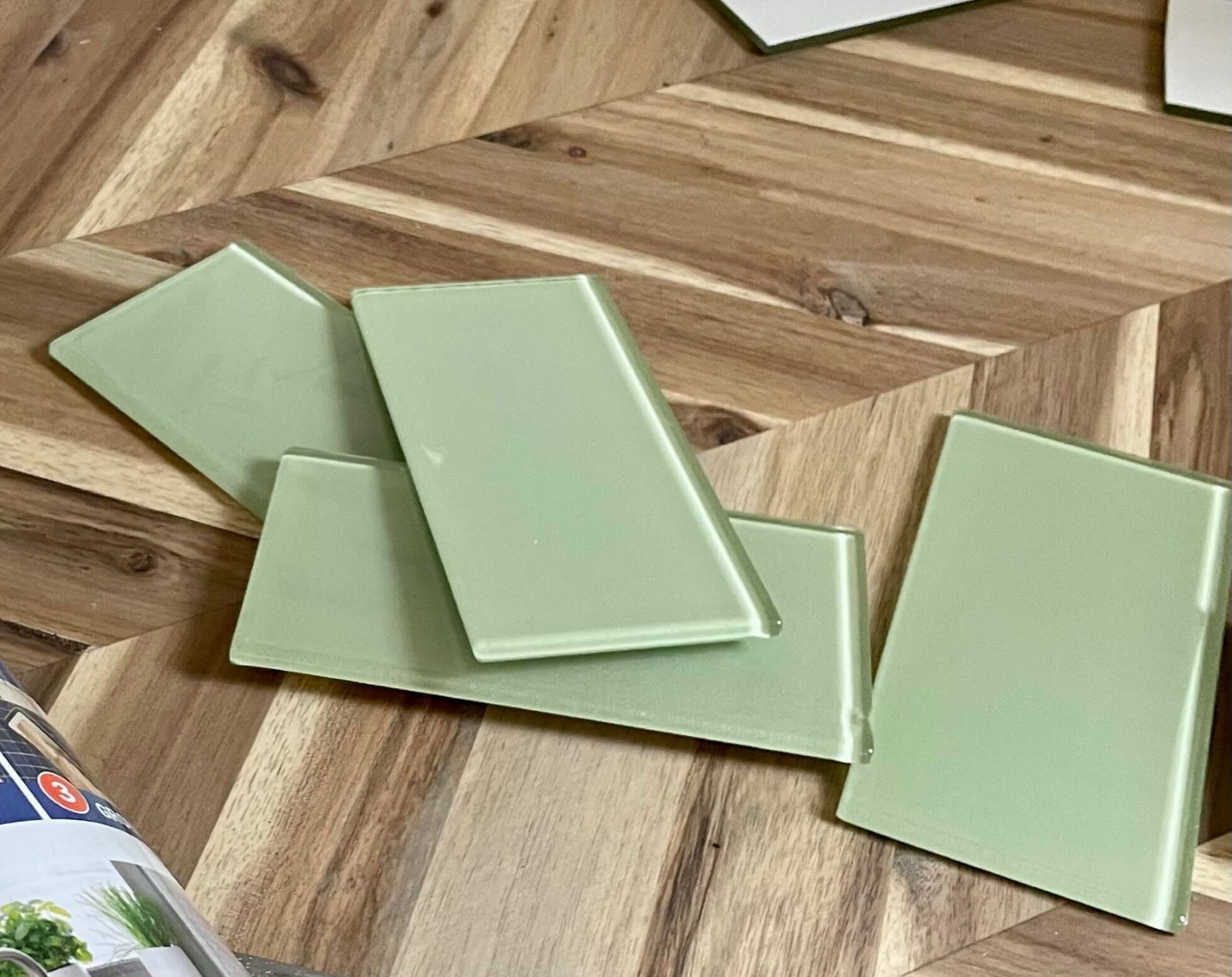
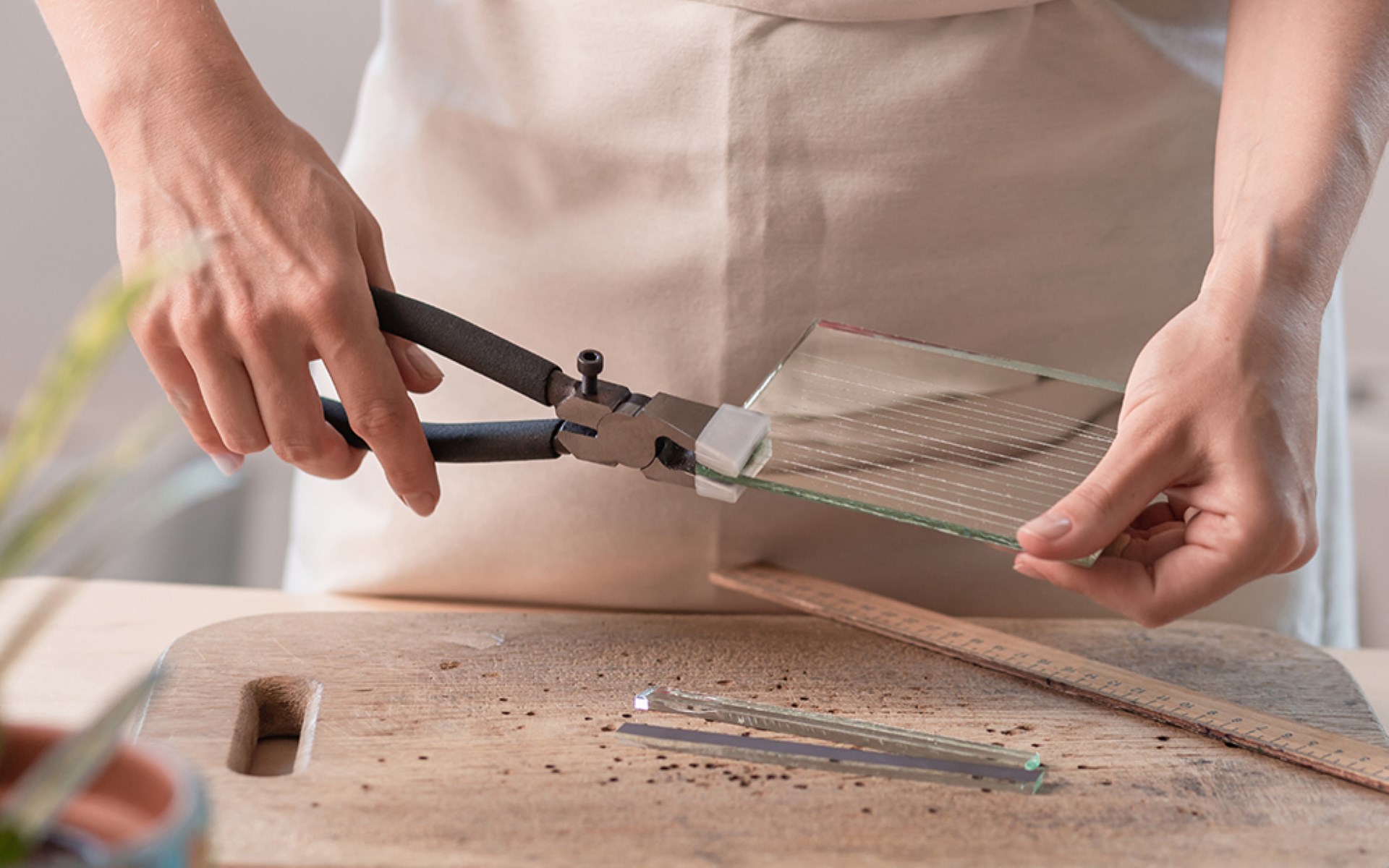
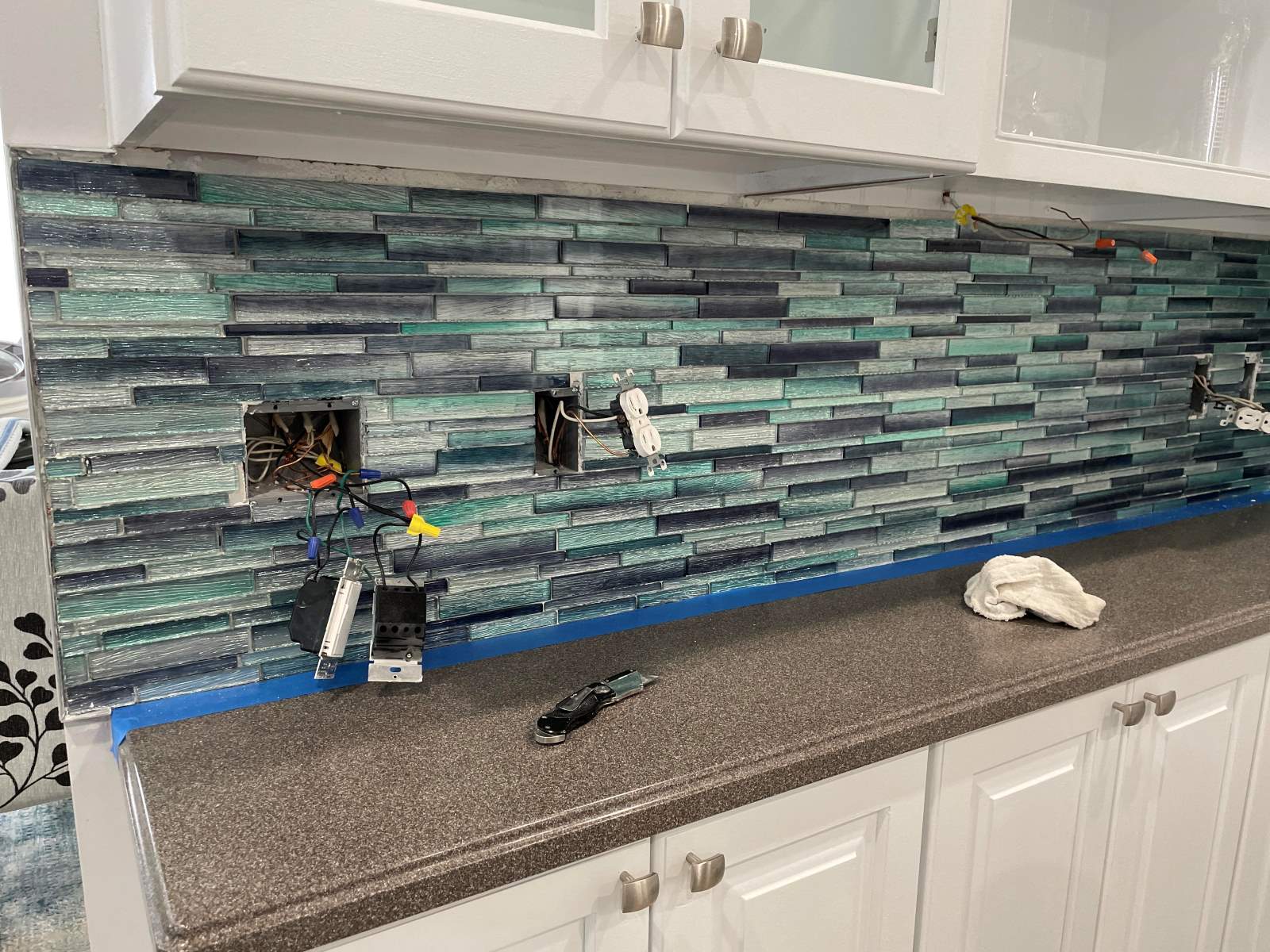
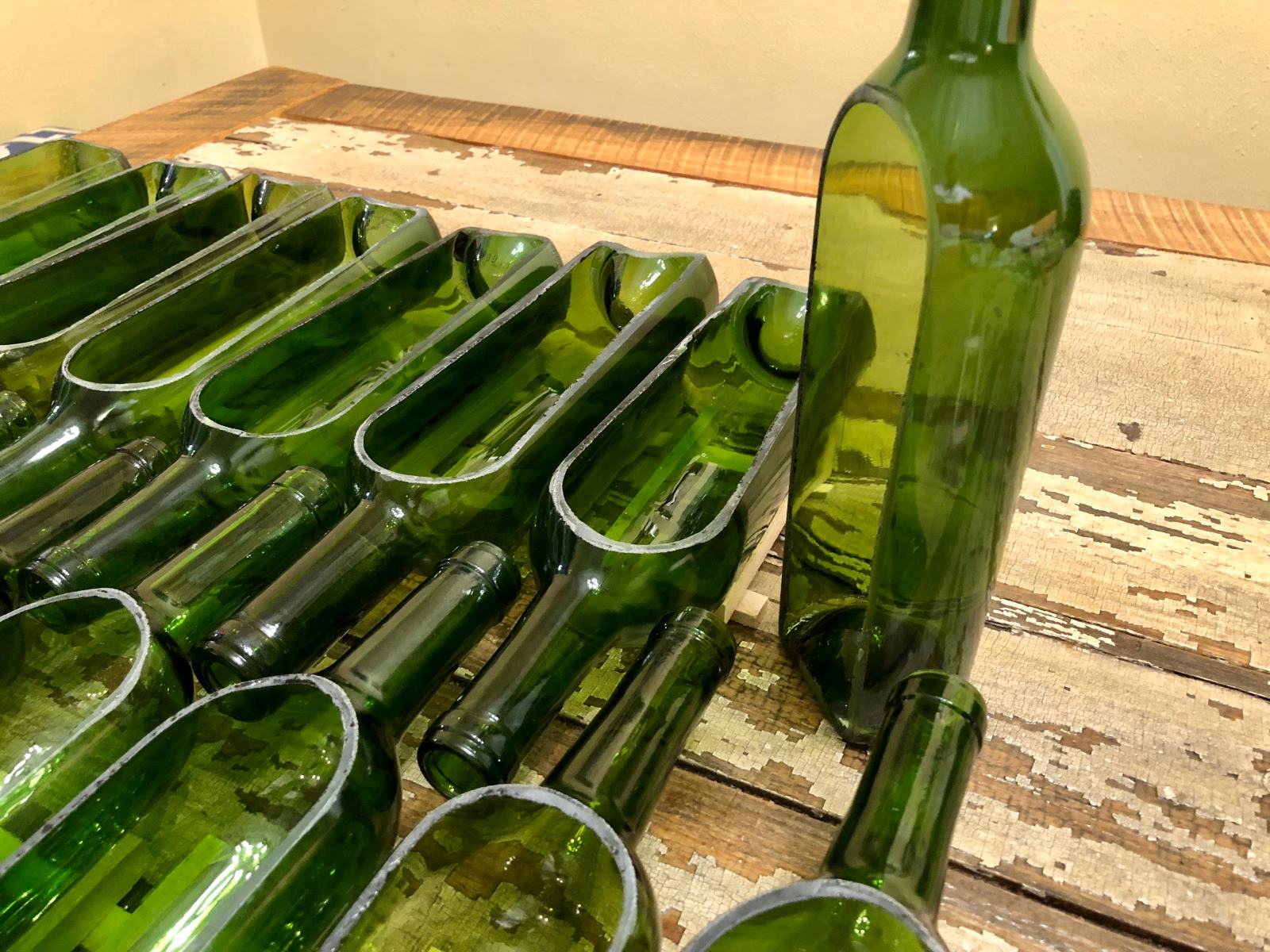
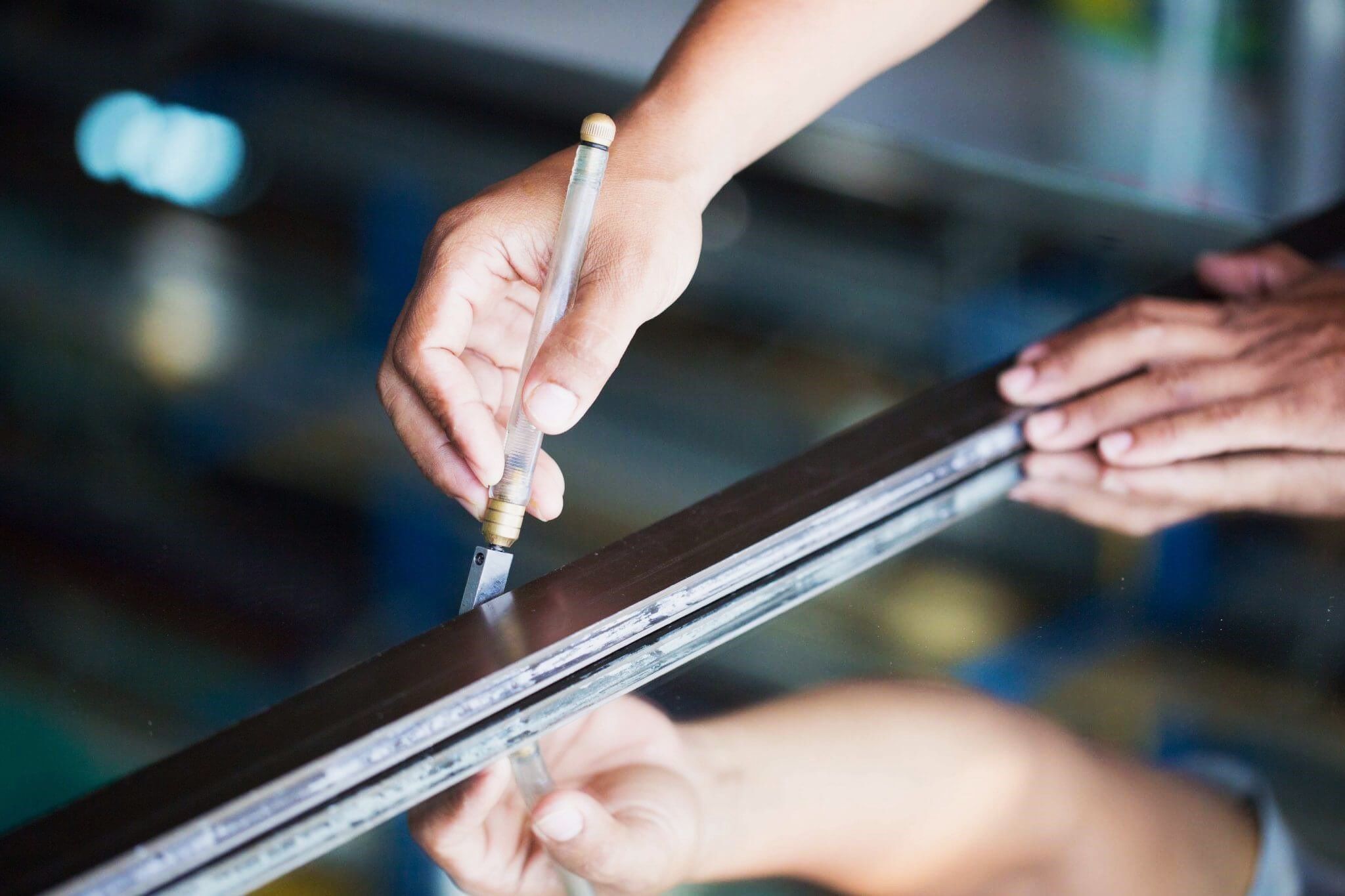
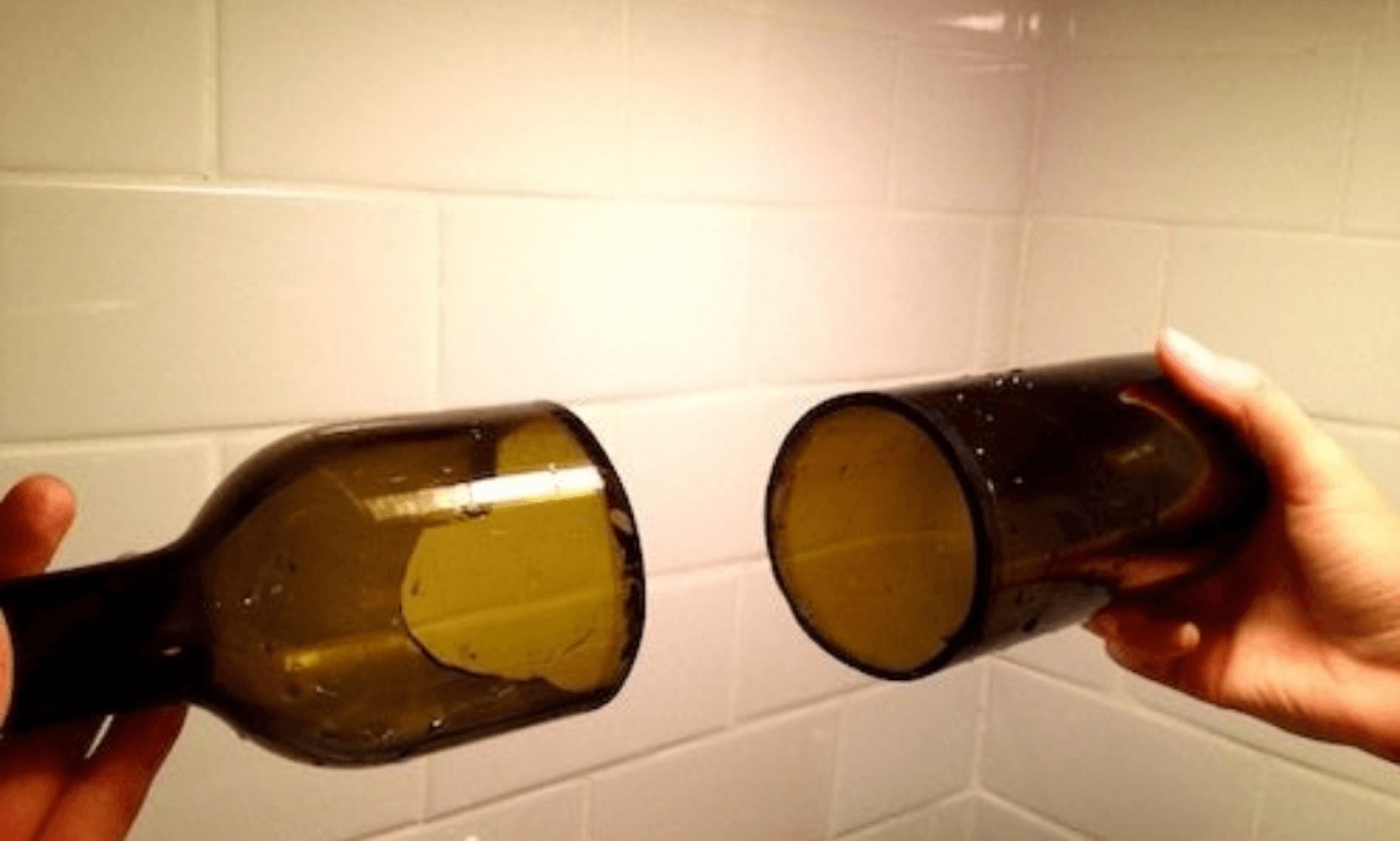
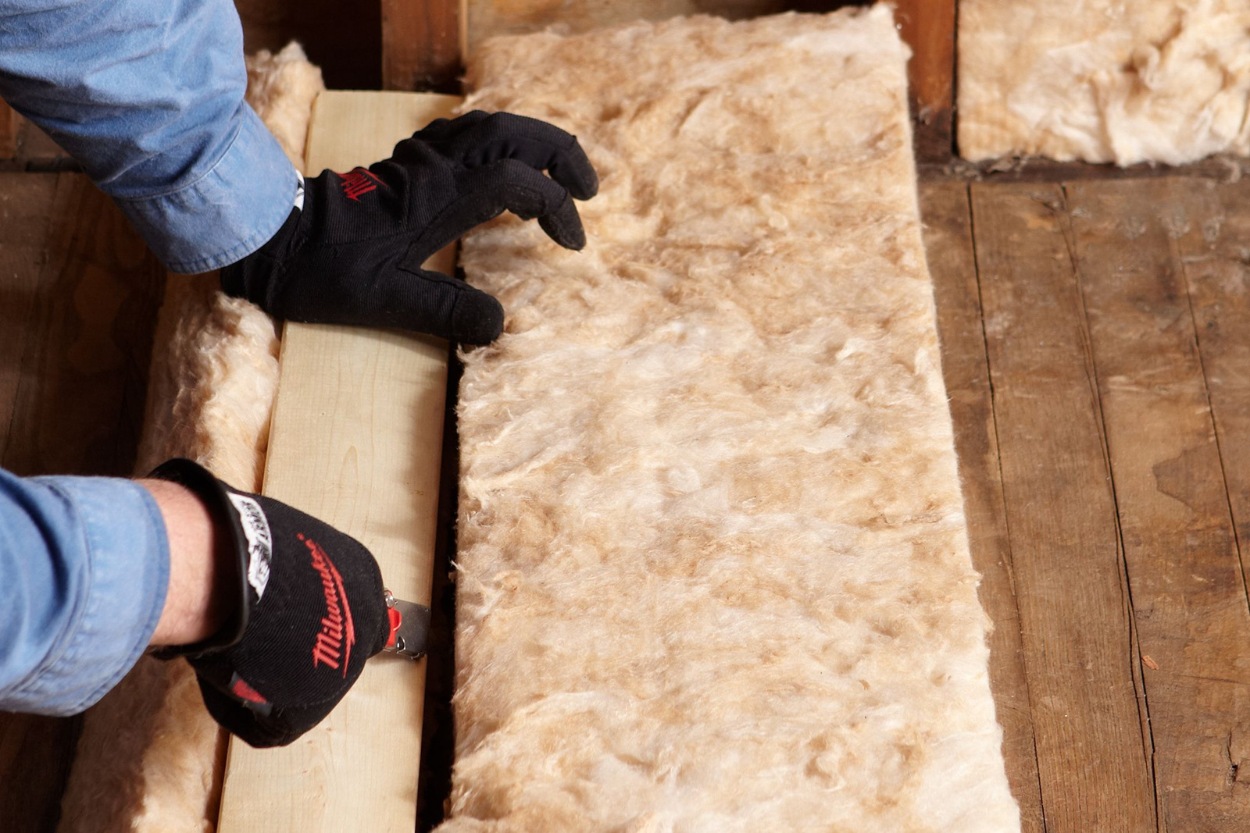
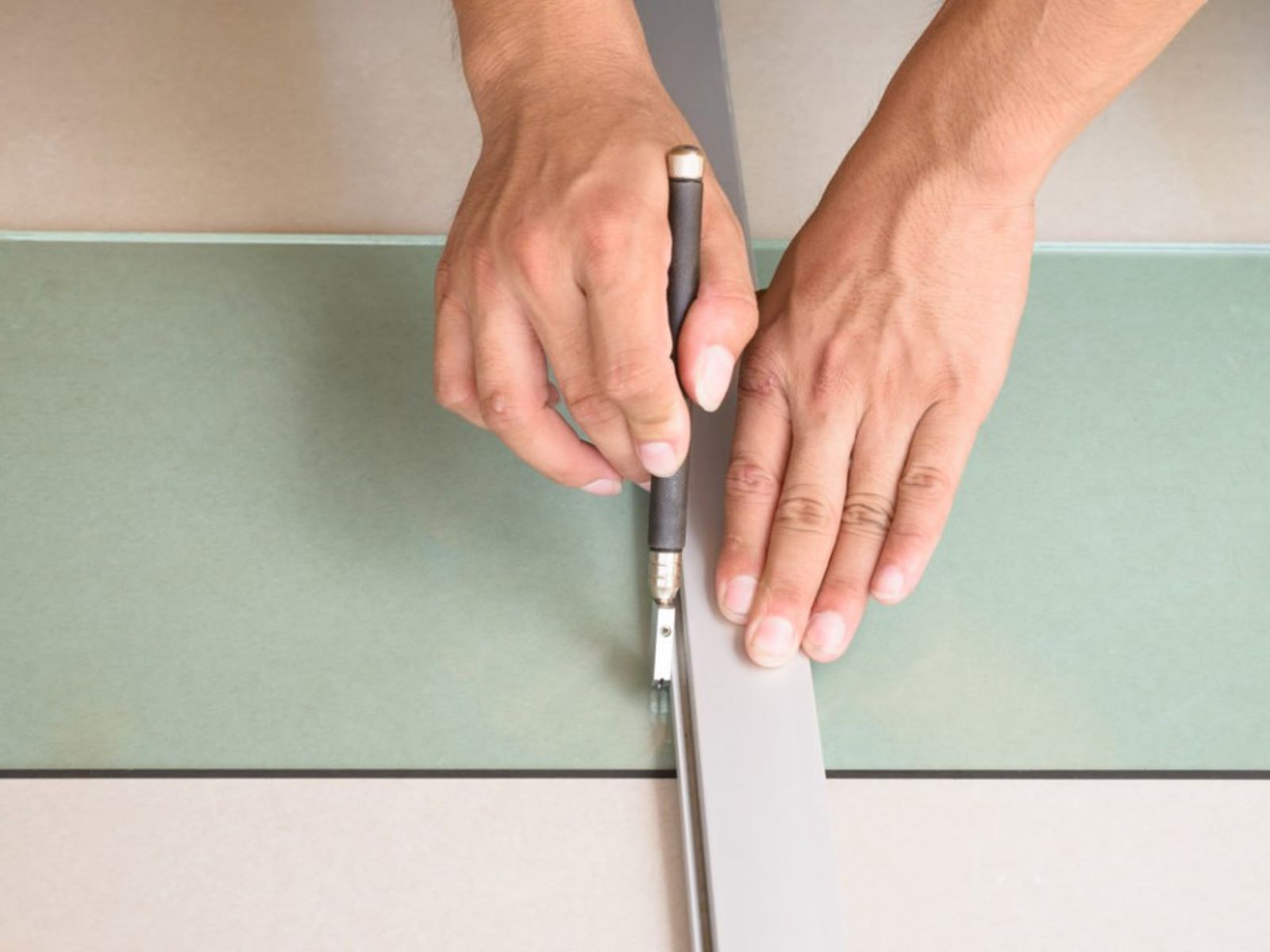

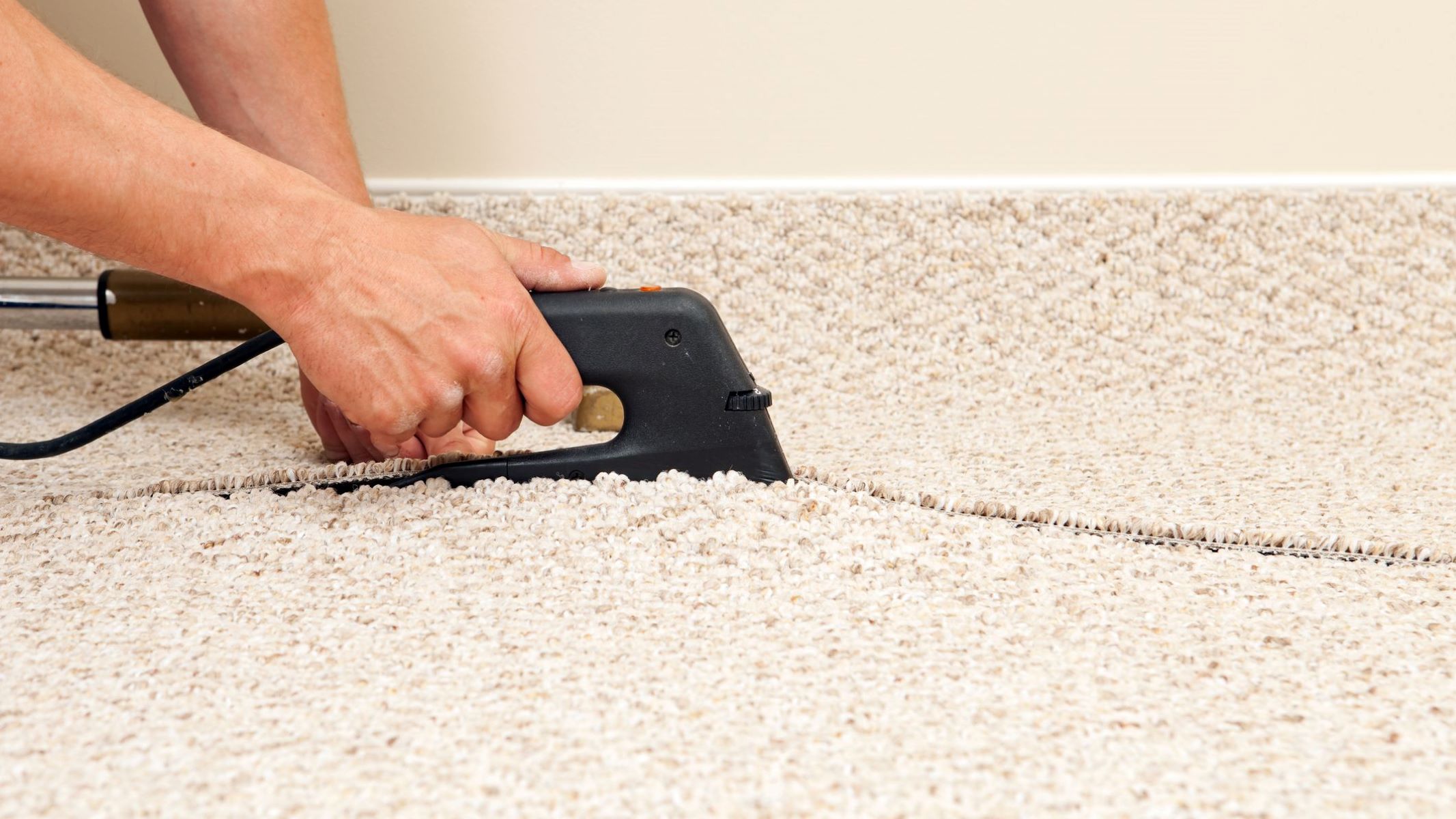

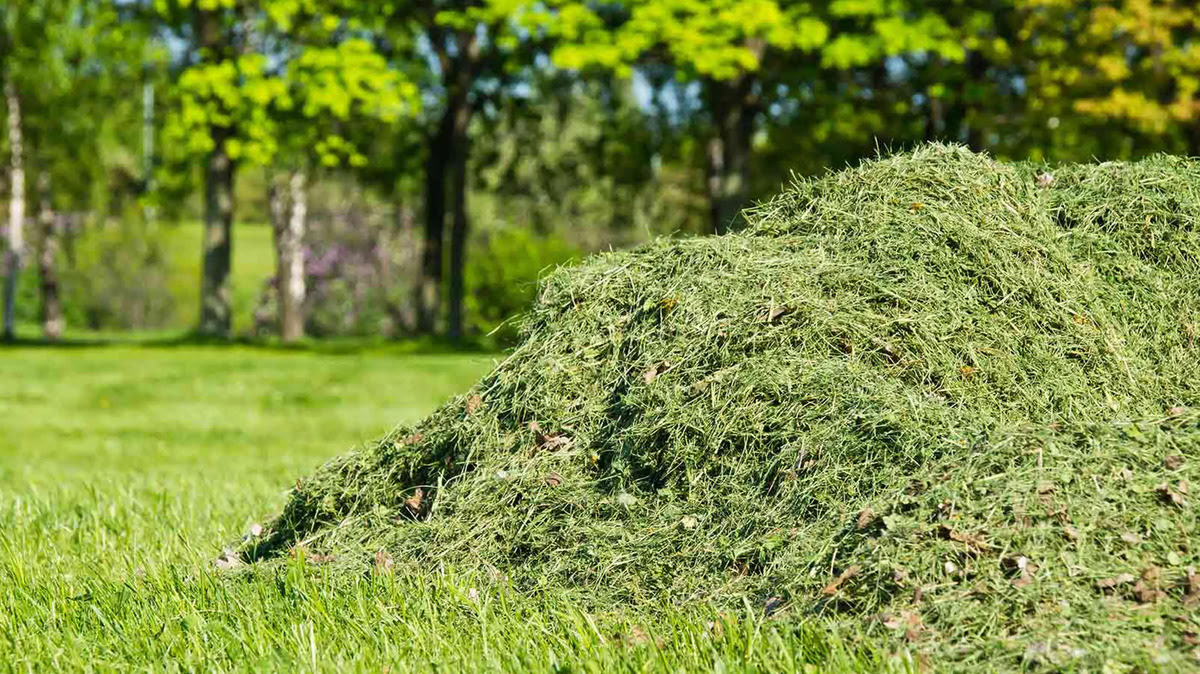
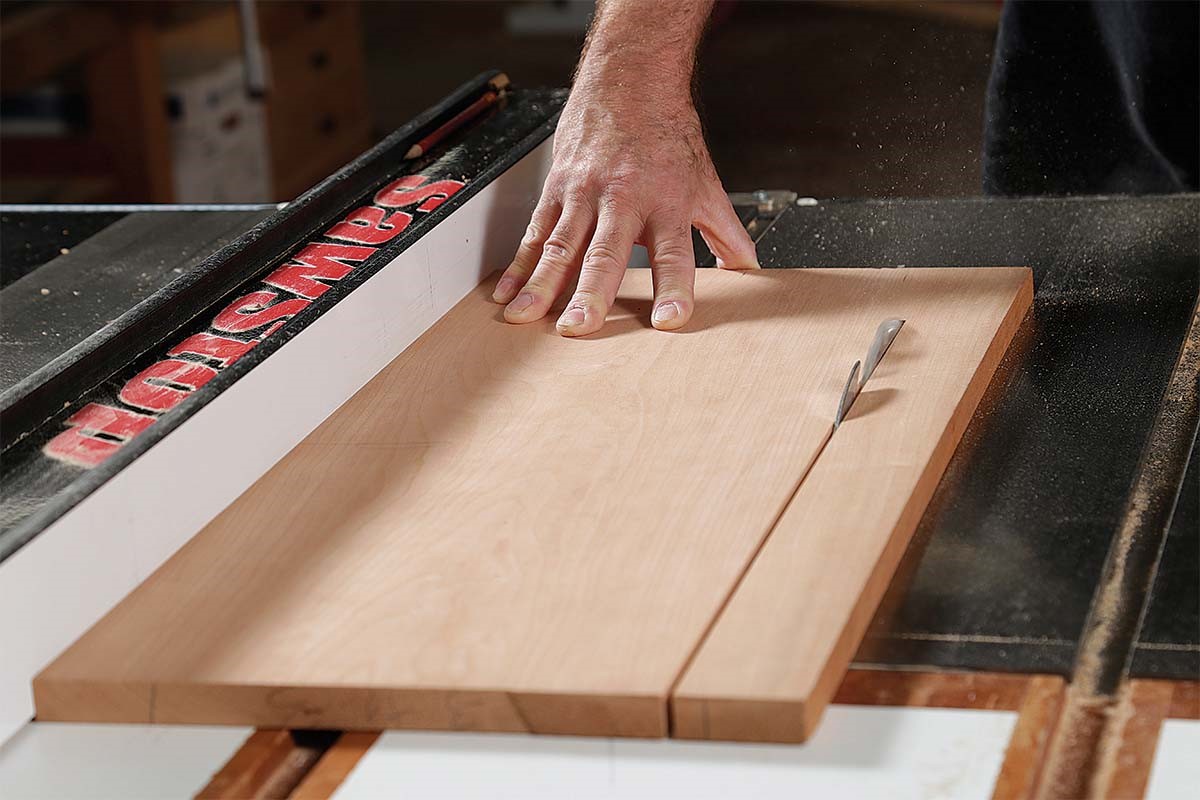

0 thoughts on “What Cuts Glass”